The Caribbean is one of the world’s most spectacular regions to swim with sea turtles. With warm turquoise waters, thriving coral reefs, and consistent visibility exceeding 20 meters, it’s no surprise that snorkeling with turtles ranks among the top wildlife experiences in the tropics. Whether you’re heading to Barbados, the Cayman Islands, or St. John, each destination offers something unique – from guaranteed sightings to eco-conscious guided tours.
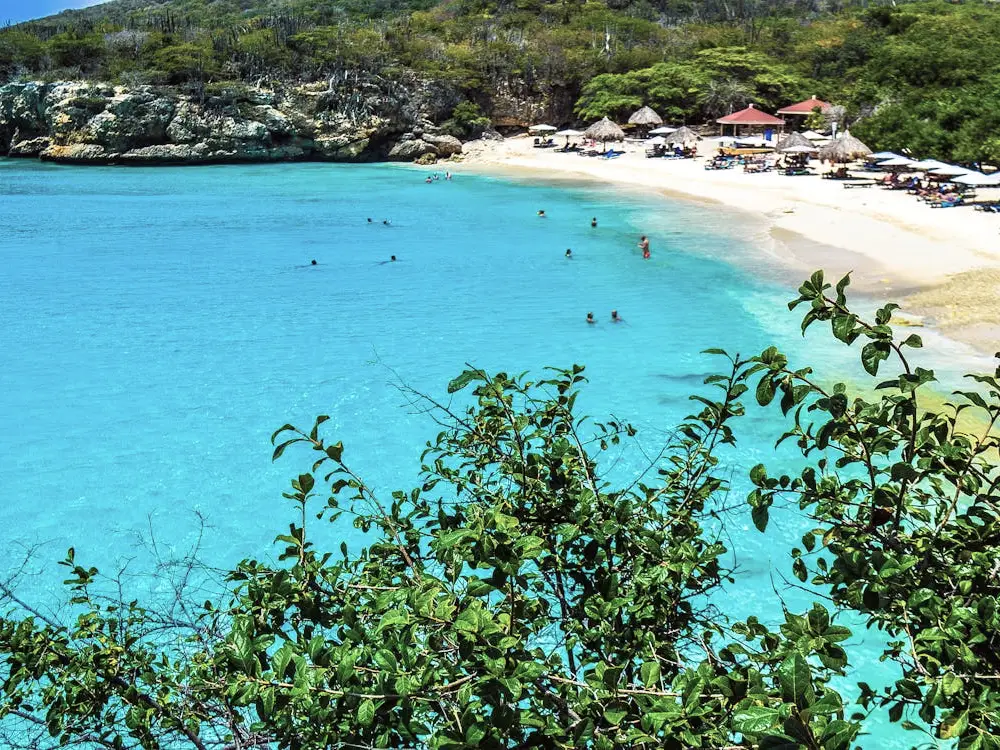
Why the Caribbean Is Perfect for Turtle Snorkeling
The Caribbean Sea provides ideal nesting and feeding grounds for three major turtle species: the green turtle, hawksbill turtle, and loggerhead turtle. Protected marine reserves, low boat traffic in certain areas, and the region’s emphasis on sustainable tourism have helped these populations remain relatively healthy.
Visibility typically ranges from 15–30 meters year-round, and sea temperatures hover around 26–29°C (79–84°F), allowing for comfortable snorkeling without wetsuits.
Best Caribbean Islands for Turtle Snorkeling
1. Barbados – Paynes Bay and Carlisle Bay

Barbados is one of the easiest places in the Caribbean to spot turtles, especially green and hawksbill turtles.
- Paynes Bay (west coast) offers calm conditions with turtles swimming close to shore, often near the catamaran moorings.
- Carlisle Bay Marine Park near Bridgetown combines wreck diving and turtle snorkeling in a single location — a great option for families or beginners.
Tips: Morning tours (8–10 a.m.) are best for calm seas. Expect to pay $25–$60 USD for a 2-hour guided snorkeling tour.
- Pros: High turtle density, easy access, suitable for all ages.
- Cons: Can get crowded, especially on cruise ship days.
2. Grand Cayman – Spotts Beach and Turtle Centre Reef
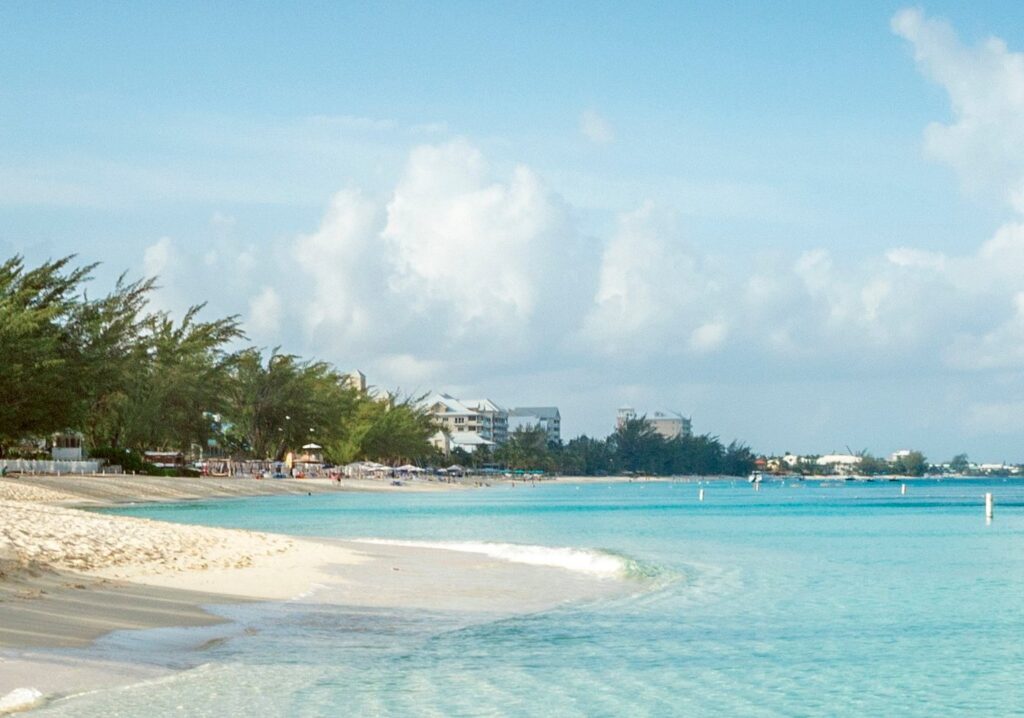
Cayman’s calm leeward coastlines make it a year-round snorkeling paradise.
- Spotts Beach, just 15 minutes from George Town, is one of the few spots where turtles are regularly seen without a tour.
- The Cayman Turtle Centre offers an educational encounter, though it’s more of a controlled environment — best for families with children.
Tips: Bring reef-safe sunscreen and arrive early (before 9 a.m.) to avoid boat activity. Rentals are available onsite for about $15–$20 USD.
- Pros: Excellent visibility, easy shore access.
- Cons: Fewer coral formations than other islands.
3. St. John, U.S. Virgin Islands – Maho Bay and Hawksnest Bay
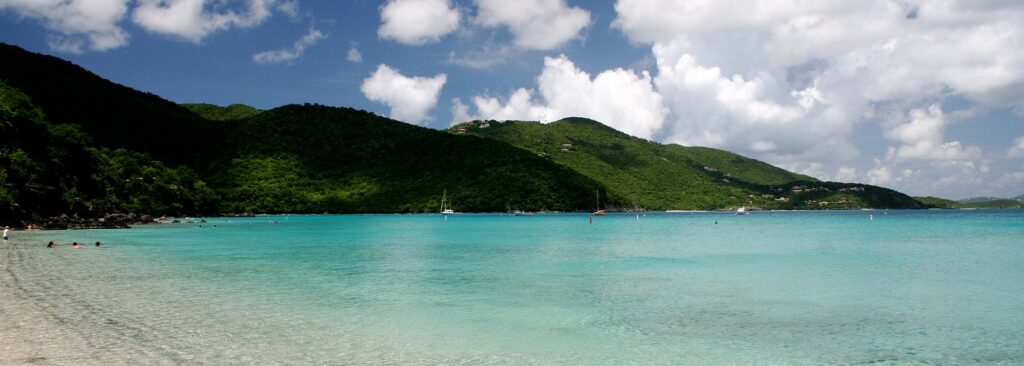
Within the Virgin Islands National Park, Maho Bay is one of the Caribbean’s premier natural turtle habitats.
- Maho Bay: Calm, shallow (2–4 meters), and full of seagrass beds that attract green turtles feeding leisurely.
- Hawksnest Bay: Offers better coral formations, making it ideal for experienced snorkelers.
Entrance: Free (National Park entrance fees apply for vehicle parking).
Tours: Private guided tours typically cost around $75–$120 USD for half a day.
- Pros: Pristine environment, guaranteed sightings.
- Cons: Limited facilities; bring your own water and snacks.
4. Tobago Cays, St. Vincent and the Grenadines
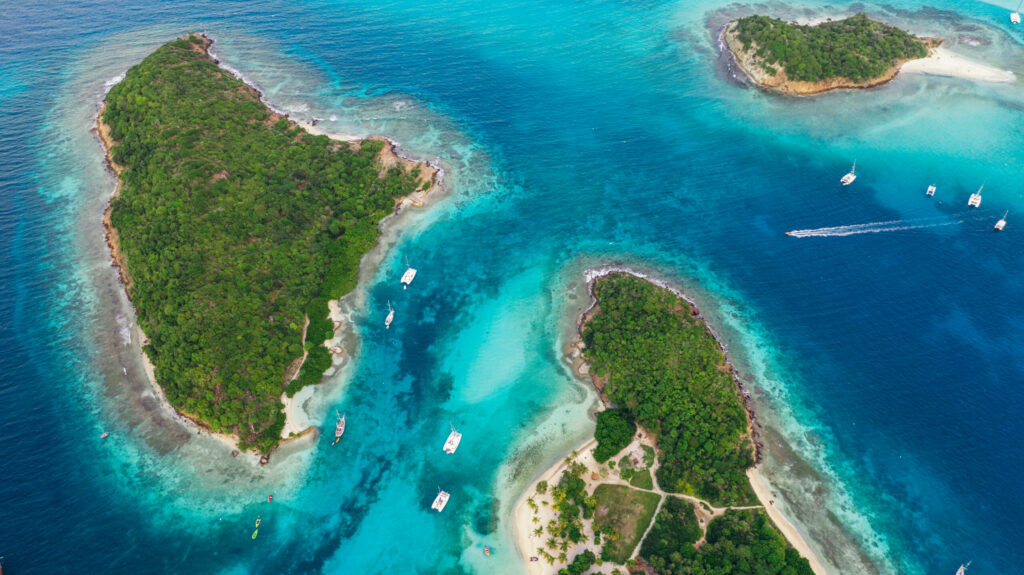
The Tobago Cays Marine Park is often described as “a giant turtle sanctuary.” The shallow lagoons and protected reefs make this an unforgettable snorkeling destination.
- Accessed by boat tours from Union Island, Bequia, or Canouan.
- Most tours include lunch on a local island and snorkeling stops at the Baradal Turtle Sanctuary.
Tour cost: Around $60–$100 USD, depending on departure island.
Season: Best from December to June when visibility is highest and sea conditions are calm.
- Pros: Pristine coral, abundant turtles, great for photography.
- Cons: Remote location, requires boat access.
5. Akumal, Riviera Maya (Mexico’s Caribbean Coast)
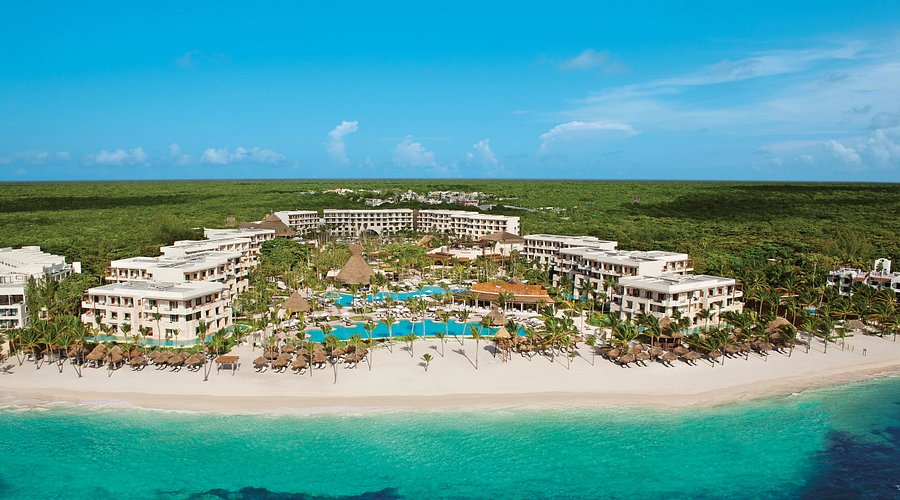
Although technically on the Caribbean mainland, Akumal is one of the region’s most famous turtle snorkeling spots.
- Turtles feed on seagrass just a few meters from the beach.
- Local regulations require visitors to be accompanied by certified guides to prevent overcrowding and protect the turtles.
Entrance fee: Around $10 USD (plus guide fee).
Tours: 1-hour guided snorkeling costs about $30–$40 USD.
- Pros: High turtle encounter rate.
- Cons: Strict regulations; not a secluded experience.
When Is the Best Time to Snorkel with Turtles in the Caribbean?
Turtle encounters are possible year-round, but the dry season (December–May) offers the best combination of calm waters and excellent visibility.
Nesting seasons vary slightly by island:
- Green turtles: June–September
- Hawksbill turtles: April–November
- Loggerhead turtles: May–August
During these months, you may also witness nesting or hatching events — a remarkable experience when guided by licensed eco-tour operators.
What to Bring for a Turtle Snorkeling Trip
- Mask and snorkel: Preferably a dry-top snorkel for wave resistance.
- Reef-safe sunscreen: To protect marine ecosystems.
- Rash guard or long-sleeve swimwear: For sun protection.
- Underwater camera: Visibility is ideal for photography (GoPro-style recommended).
- Water shoes or fins: Some beaches have rocky entries.
Tip: Always maintain a respectful distance of at least 3 meters (10 feet) from turtles and never chase or touch them.
Safety and Environmental Considerations
- Buoyancy control: Avoid standing on or touching corals.
- Respect protected zones: Many sites such as Tobago Cays and Maho Bay are marine sanctuaries with strict rules.
- Tour selection: Choose operators certified for eco-friendly practices — look for Green Fins or Blue Flag recognition.
Avoid feeding turtles: It alters their natural behavior and diet.
The Caribbean offers some of the most reliable and rewarding turtle snorkeling experiences in the world, blending clear waters, vibrant reefs, and easy access across dozens of islands. Whether you prefer the calm shores of Barbados or the remote magic of Tobago Cays, responsible snorkeling ensures these incredible creatures thrive for generations.